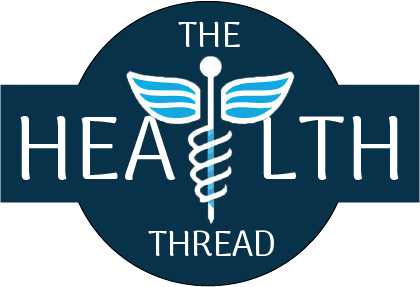Importance of water intake in weight management
Water intake plays a significant role in weight management and overall health. Staying adequately hydrated is important for numerous bodily functions and can impact weight loss and weight maintenance. Here are the key reasons why water intake is important for weight management:
Promotes Satiety and Reduces Caloric Intake: Drinking water before or with meals can help increase feelings of fullness, leading to reduced calorie intake. Research published in the journal Obesity showed that drinking water before a meal can reduce energy intake and enhance weight loss efforts (1). By choosing water instead of high-calorie beverages, individuals can decrease overall calorie consumption, which is beneficial for weight management.
Supports Proper Digestion and Metabolism: Water is essential for digestion and nutrient absorption. It aids in the breakdown of food, facilitates the transport of nutrients, and supports metabolism. Research published in the journal Nutrients highlighted that inadequate hydration can impair digestion and metabolism, potentially affecting weight management (2). Optimal hydration promotes efficient digestion and can support weight loss efforts.
Facilitates Fat Metabolism and Thermogenesis: Adequate water intake is important for proper fat metabolism. Research suggests that staying well-hydrated can enhance lipolysis, the process of breaking down stored fat for energy. Studies have shown that increased water consumption can stimulate thermogenesis, the body’s production of heat, which can contribute to increased calorie expenditure (3). These effects can support weight management and fat loss.
Supports Exercise Performance: Hydration is crucial for optimal exercise performance, which is important for weight management. Water helps regulate body temperature, lubricates joints, and transports nutrients and oxygen to muscles. Proper hydration during physical activity can improve endurance, strength, and overall performance. Research published in Sports Medicine demonstrated that dehydration negatively affects exercise performance and can hinder weight loss efforts (4). Staying hydrated before, during, and after exercise is essential for maximizing workout effectiveness.
Helps Prevent Water Retention and Bloating: Paradoxically, drinking an adequate amount of water can help prevent water retention and bloating. When the body is dehydrated, it may retain water as a protective mechanism. By consistently consuming enough water, individuals can promote proper fluid balance and reduce the risk of bloating and water weight gain. Ensuring adequate hydration can contribute to a more accurate reflection of weight on the scale.
In summary, water intake is important for weight management due to its role in promoting satiety, supporting digestion and metabolism, facilitating fat metabolism, enhancing exercise performance, and preventing water retention. It is recommended to drink water throughout the day, listen to thirst cues, and consume water-rich foods to maintain proper hydration levels.
REFERENCES
- Stookey, J. D., Constant, F., Popkin, B. M., Gardner, C. D., Armstrong, L. E., & Drinking Water Is Associated With Weight Loss in Overweight Dieting Women Independent of Diet and Activity. Obesity, 16(11), 2481-2488.
- Maughan, R. J., Watson, P., Cordery, P. A., Walsh, N. P., Oliver, S. J., Dolci, A., … & Fallowfield, J. L. (2016). A randomized trial to assess the potential of different beverages to affect hydration status: development of a beverage hydration index. The American Journal of Clinical Nutrition, 103(3), 717-723.
- Boschmann, M., Steiniger, J., Franke, G., Birkenfeld, A. L., Luft, F. C., & Jordan, J. (2007). Water drinking induces thermogenesis through osmosensitive mechanisms. The Journal of Clinical Endocrinology & Metabolism, 92(8),
